I am planning and preparing for two possible potential trips for next winter period with a small crew of friends and business associates: (1) to the north of Norway and alternatively (2) to Iceland, Greenland, the Faroe Islands and Scotland. You may wander why to go up north of Norway in winter time and not to wait for warmer weather in the summer period? The main reason for going in the winter time lies with the Orcas, Humpbacks and the magic Northern Lights. We want to swim with them in the Fjords and that can only be done in the period of early December until the end of January. Other than the objective of swimming with the Orcas, each season has its own charm and it is of a complete other nature to visit the far north in winter time and experience the ice, cold wind and freezing temperatures, than it is to experience the same in the relative warmth of the same area in the summer period. That is the same for Greenland. In summer time the Greenland experience is different.
First trip: Lelystad – Bergen – Andenes
For this trip we will be using a Two-engine Piper Seneca II aircraft with two 200 HP turbo-charged engines, long-range fuel tanks and de-icing equipement. The Seneca is FIKI approved to fly in minor to moderate icing conditions (FIKI=flight-into-known-icing), which helps escape encounters with icing conditions during flight. The crew is IR-rated and has extensive experience flying in wintertime in challenging conditions, as well as in flying to remote locations.
The first “leg” of this trip takes us from Lelystad Airport (EHLE) or Teuge Airport (EHTE) in The Netherlands to Bergen (ENBR) in Norway. From Bergen we will continue our flight north to Andenes (ENAN), which is almost at the north cape of Norway.
Cornelius Seafood, Bergen
I have been here once before during a previous flight into Bergen and it is an extraordinary experience to eat at Cornelius Restaurant. The only way to reach the restaurant is by boat from Bryggen wharf in the City of Bergen to Holmen at Bjorøy. When you arrive on the small island in the Fjords, you will find only the restaurant there on the Island. It is a great place for our team to get together to celebrate the beginning of this adventure into the north.
After visiting Cornelius in the Fjords near Bergen, we will continue our flight north. Our next destination will be Andøya Airport near Andenes (ENAN), which will be the basis for our Orca encounter adventure. The Orcas have been migrating up north from the Lofoten. Is this due to climate changes or for other reasons? We are there to find out. We will be following the Norwegian coastline up north to Andenes. Both flights to Bergen as well as Andenes will take approximately 4 hours, not at this time yet considering weather conditions and the expected winds aloft.
Second leg: Bergen to Andenes
Up North we hope to experience not only the Orcas and whales, but to also experience the Northern Lights. The picture below is of the lighthouse of Andenes and the Northern Lights visible in the background. The Northern Lights can not be ordered “at demand” but with our trip taking place in the winter time we have hopefully a better opportunity to experience them. In December and January the weather is less wet than in e.g. November and thus there is a better opportunity to experience the Northern Lights.
There is a cool app available in the Apple AppStore that can help forecast the Northern Lights in the North of Norway. You can download this app AppStore.
Nordic Adventure: Swimming with Orcas
Orcas can readily be seen cruising the coastlines in places like e.g. British Columbia and even New Zealand. However, Norway is one of the few spots in the world where you can reliably get in the water to snorkel with these animals, which are drawn to Andfjord in Andenes from December to early February each year by immense shoals of herring that seek shelter here before migrating south to spawn.
Before the shoals of herring and hungry pursuant orcas started appearing in Andfjord around 2012, the fish had been gathering in large numbers to the south for inside Tysfjord, near the famed Lofoten Islands. But herring — as keen as any living thing to preserve its life force — change migration patterns every few years to try to outfox their predators. And when the moveable feast migrated to Andfjord, the whales weren’t far behind. Or is it the change in climate that is the reason for the migration? We willb e looking for answers.
“It’s not just about the orcas here, it’s about the many types of whales we see in Andenes,” Rolf Malnes, captain and owner of Lofoten Opplevelser. “The fin whales and humpbacks are here, too,” said Rolf, explaining that the continental shelf, used as a migratory highway of sorts for whales, is just a few miles offshore from Andenes.
Humpback Whales
The Humpback whales are not a given as are also not the Orcas and the Northern Lights, but that is part of the adventure. No guts – No glory, isn’t it?
Third leg: Kirkenes Ice Hotel
Last leg before turning back home will be the Ice hotel in Kirkenes. This hotel sits quite close to the most northern part of Norway and the Western European continent.
Alternative Trip: Bardarbunga Volcano, Iceland – Greenland
This trip starts again at Lelystad Aiport (EHLE) or Teuge Airport (EHTE) and with the objective to visit the area where in 2014 and early 2015 we had active volcano eruptions such as those of Bardarbunga Volcano. The map below shows roughly our trip route.
The Bardarbunga volcano is currently not active, although it might become active again soon according to some experts. We want to talk to the people living nearby as well as the meteorologists and hear from them how they experienced the latest eruption and what they expect for the future. We will bring our own drone and see how active the volcano is at the moment and thus get a feel of volcanic activity.
Initial leg: Scotland and Faroe Islands
Our first stretch will be from Lelystad (EHLE) or Teuge (EHTE) to the Faroe Islands and Wick in Scotland. I visited the amazing Faroe Islands earlier this year (2015) during the Total Solar Eclipse.
Faroe Islands
Here some pictures taken during a recent visit to the Faroe Islands during a flight to the area between Iceland and the Faroe Islands to view the Total Solar Eclipse on March 20, 2015.
March 20, 2015 Solar Eclipse. Picture taken while flying in between Iceland and the Faroe Islands.
Wick is well known as the base airport for offshore activities in the northern North Sea. It is here that we will end our adventure with a visit to the Old Pulteney distillery and have our conclusion diner.
Old Pulteney
In Wick we will be visiting the Old Pulteney distillery. After the final diner that evening, we will fly onwards from Wick to Iceland and then onwards to Greenland. The exact route is not known yet nd all depends on how much on time we have available for the schedule, the participants in the trip or if we run behind due to weather or other complications.
Dogsledding in Kulusuk, Greenland
Last part of the trip will be a Husky training in Kulusuk, Greenland before we return home again back to The Netherlands.
Aircraft and Equipment
We will be using a PA34 Piper Seneca 2 aircraft for these trips equipped with 2 Turbo-charged 200 HP engines, long range tanks and FIKI approved (flight-into-known-icing). FIKI approved does not mean we can continue to fly in icing conditions, but it helps us escape icing encounters. A second engine is crucial as we will be covering long stretches of water. The aircraft has enough fuel to fly for 6 hours. The aircraft has satellite weather radar on board, a stormscope and prop-heating and wings-deicing.
The left picture above is taken on another flight in another aircraft type, but shows that we will all be wearing survival suits, life-vests, wearing a personal PLB or satellite beacon and the aircraft will be in direct contact with a ground team following our flights and giving weather updates through an Iridium satellite link. A life-raft will in on board able to fit us all as well as the needed survival supplies in case we have to ditch. On the right you see the interior of a Piper Seneca.
Fuel planning is an important part of these trips. The flight crew has extensive experience flying GA (general aviation) aircraft to remote locations in winter time conditions, flying intensive IFR and into challenging airfields, but also to very short mountain altiports such as Courchevel (mountain altiport LFLJ) as well as flying aircraft through all or Europe, Africa and the Middle East. The crew knows how to arrange and manage fuel and deal with challenges along the way. If the weather is not forecasted as OK, we will change plans. Of course, the weather is an unknown factor and even if it is forecasted to be ok, it can change quickly. A groundteam will be in constant contact through a satellite link with updated weather during the trips, so that the crew can make last minute changes to their plans, such as to divert or return to the last field of departure.

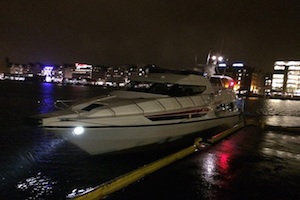




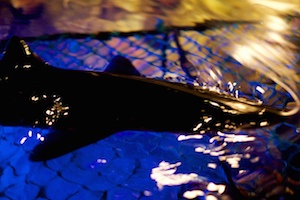


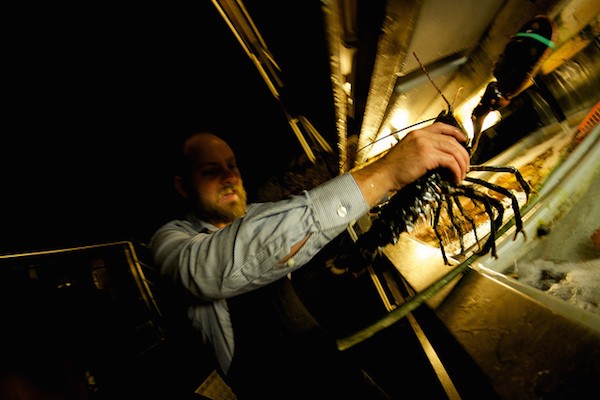


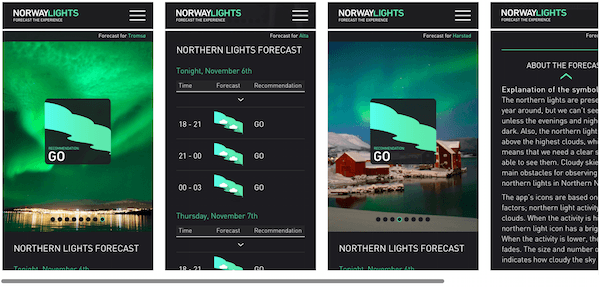












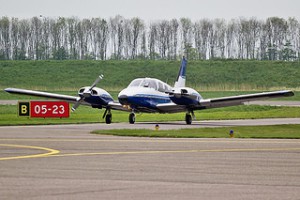

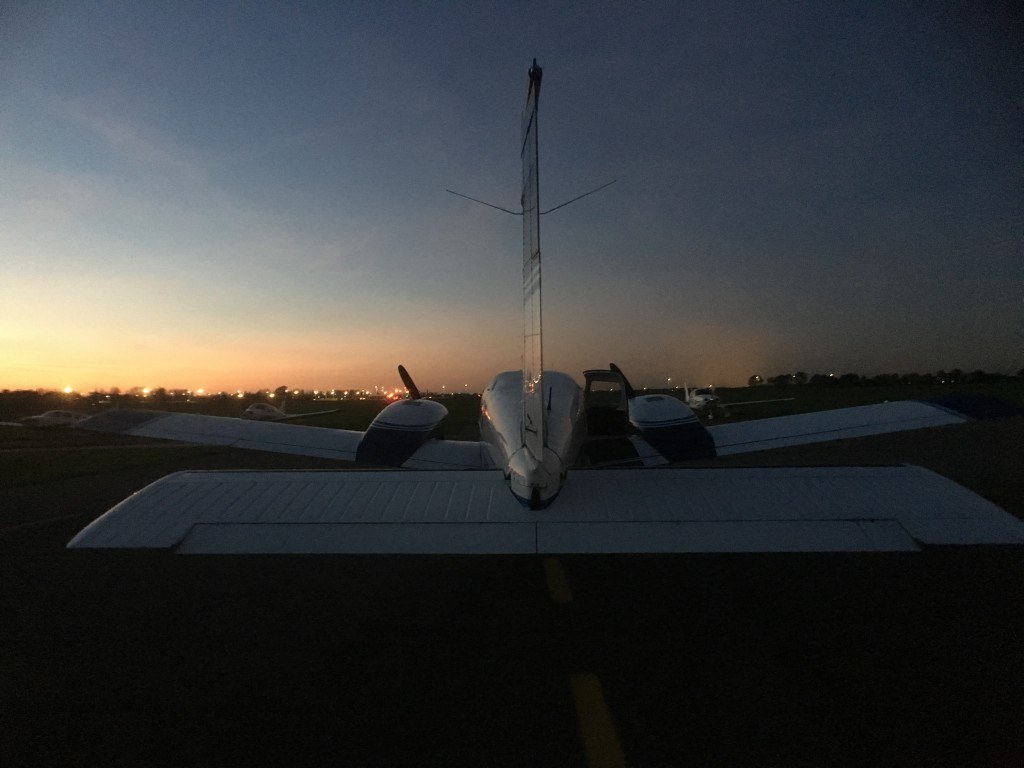


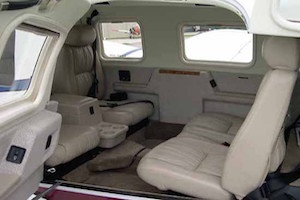


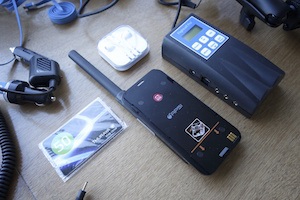
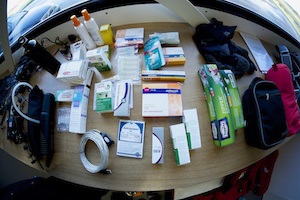
Leave a Reply